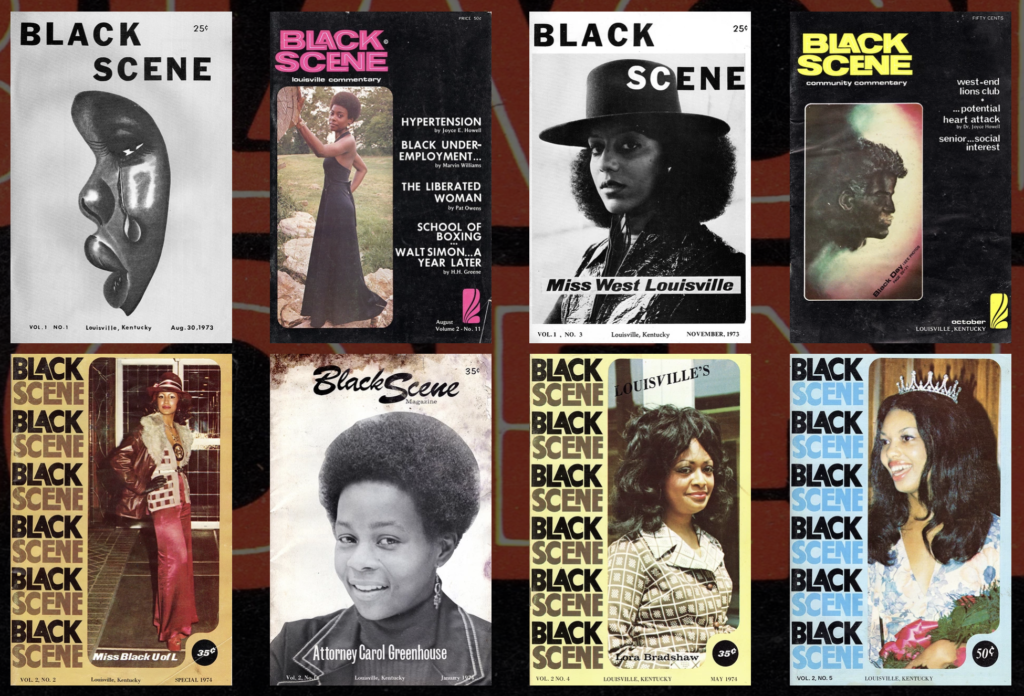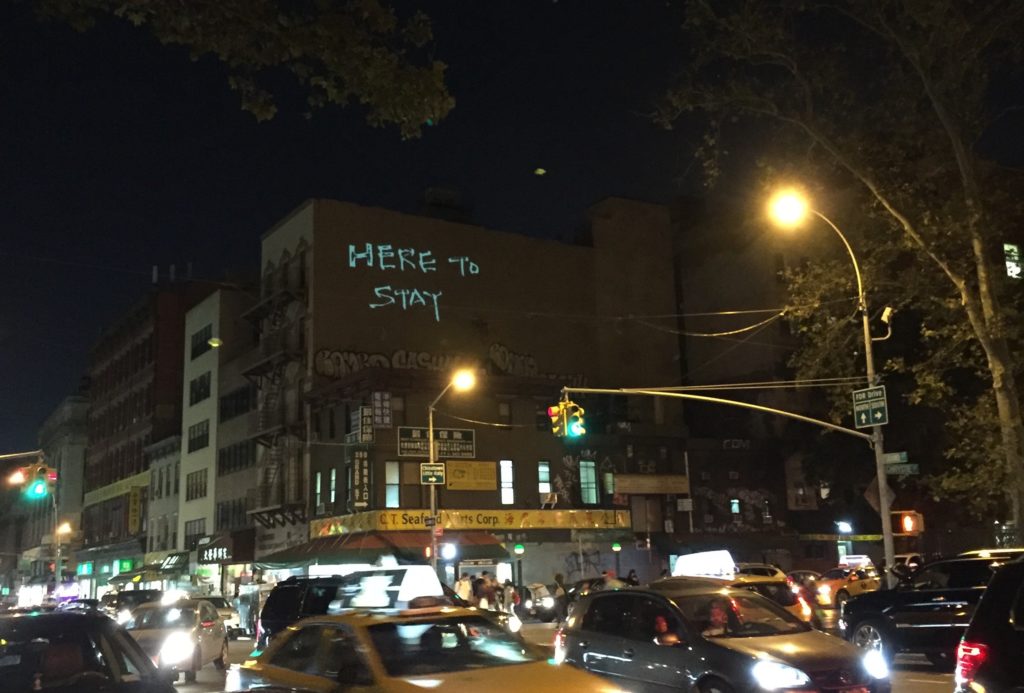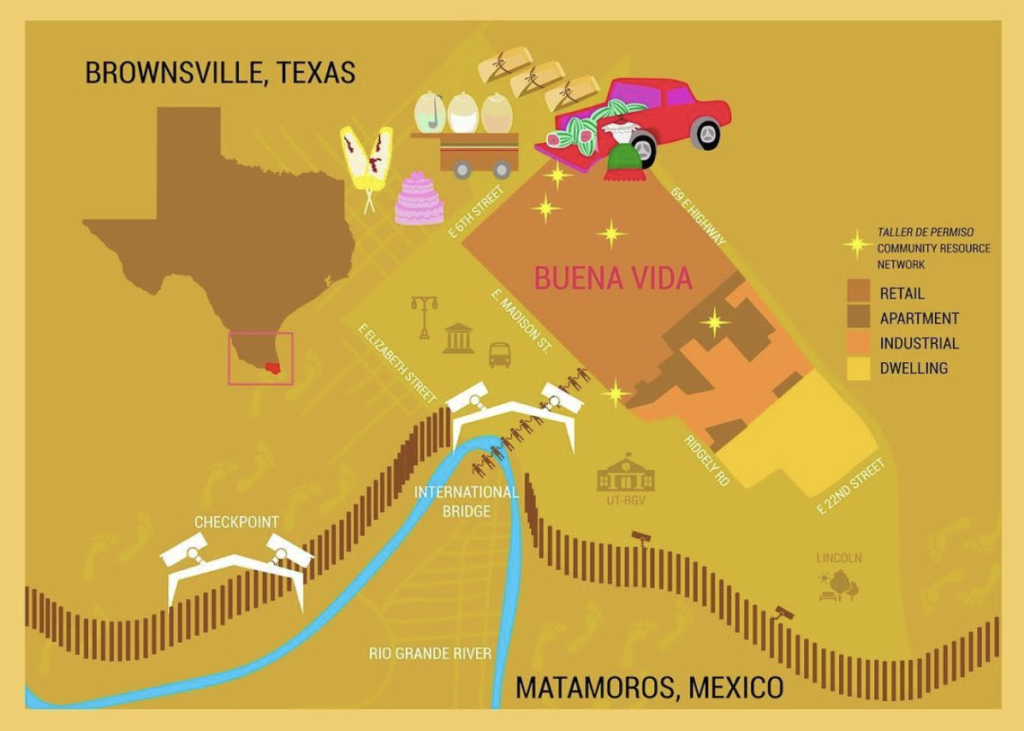For artists endeavoring to create social change, building relationships with neighbors, local government, or local ecosystems in one’s home community plants the first seed. This summer, we’re spotlighting creative projects rooted intentionally in place—what can we learn from artists about exploring, analyzing, understanding, and activating our own homes?

Original 1970s Black Scene covers, via blackscene.org
1. Black Scene Millennium in West Louisville
In Kentucky’s West Louisville neighborhood, artists Michael Jones and Katy Delahanty are working collectively as Black Scene Millennium to resurrect Black Scene, a local black news and culture magazine originally published from 1973–1976 by a group of activists to address issues like economic redlining, unjust policing, and business development in West Louisville, while also spotlighting the work of black artists and musicians in the neighborhood. Now, Black Scene Millennium will bring together a team of writers and artists, and an advisory board comprised of West Louisville residents, original Black Scene contributors, urban planners, and activists to create a new quarterly iteration of the magazine. The new Black Scene will again highlight news, politics, and art in West Louisville’s black community, adding a conversation series and quarterly release events to expand its platform for community expression.
> Learn more about the origins of Black Scene

Gardening at Perry Ave Commons, via Sweet Water Foundation
2. Emmanuel Pratt on the South Side of Chicago
On Chicago’s South Side, artist and interdisciplinary urban planner Emmanuel Pratt leads The Sweet Water Foundation, combining urban agriculture, art, and education to transform vacant spaces and abandoned buildings in areas of the neighborhood deemed “blighted” into economically and ecologically sustainable community sites. The foundation’s main site, the Perry Ave Commons, comprises a formerly foreclosed house turned educational community center; an urban farm; a combination greenhouse-woodshop; and a small gallery made from a converted shipping container. Programming at the site cultivates engaged youth, skilled workers, art, and locally-grown food. Sweet Water calls their practice Regenerative Neighborhood Development: a creative social justice method centered on making safe and creative spaces to form the basis for healthy, intergenerational relationships in the neighborhood.
> Read more about Sweet Water’s projects

Stax Museum of American Soul Music. Via Wikimedia Commons.
3. Emily Marks in Soulsville USA, Memphis
In the Soulsville USA neighborhood of Memphis, Tennessee, director Emily Marks and youth artists from Lionheart Youth Theater and New Ballet Ensemble are devising the intergenerational, multi-site, mobile performance I’ll Take You There, in collaboration with urban planners, folklorists, musicians, and Soulsville community members. The youth performers will tell the stories of Soulsville neighborhood sites chosen by Memphis musicians who recorded with preeminent local soul labels Stax and Hi Records. Telling the narratives of these spaces through text and jookin—a contemporary dance style with origins in the Memphis rap scene—the performance will preserve Soulsville community history and provide a platform for youth artists to engage the artistic legacy of their neighborhood.
> Listen to Stax classics and learn more about I’ll Take You There

Here to Stay projection night. Photo by Joelle Te Paske.
4. Chinatown Art Brigade in Chinatown, NYC
In New York City’s Chinatown, artists Tomie Arai, ManSee Kong, and Betty Yu work collectively as Chinatown Art Brigade to make creative projects, organize actions, and host conversations that both advocate for Chinatown residents against the threat of gentrification and displacement, and fortify neighborhood cultural identity. Their 2016 project Here to Stay, developed in collaboration with CAAAV’s Chinatown Tenants Union, comprised a series of community gatherings culminating in public artwork and projections onto buildings and landmarks in Chinatown and the Lower East Side. Based on oral histories shared in the gatherings, the artworks celebrated Chinatown’s resilience and preserved cultural legacy.
> Watch a short film about Here to Stay

Brownsville area map highlighting Buena Vida neighborhood, courtesy Las Imaginistas
5. Las Imaginistas in Buena Vida, Brownsville
In the Buena Vida neighborhood of Brownsville, Texas, artist collective Las Imaginistas—comprised of Christina Patiño Houle, Celeste De Luna, and Nansi Guevara—created the yearlong project Hacemos La Ciudad (We Make the City), an initiative for Brownsville residents to collectively imagine and enact the future of their city. Located on what’s now the US-Mexico border, the city of Brownsville’s architecture and infrastructure are informed by its military and colonial history. For Hacemos La Ciudad, Las Imaginistas partnered with professors and researchers, city officials, artists, nonprofit leaders, community organizers, and activists to organize a series of movement workshops, performances, community conversations, and charrettes to examine city history and offer an opportunity for local residents to imagine a decolonized civic landscape and infrastructure.
> Read an interview with a city official collaborating with Las Imaginistas